The No-Fail Formula for Creating Killer Webinar Content
- Fahad H

- Jan 22, 2018
- 7 min read
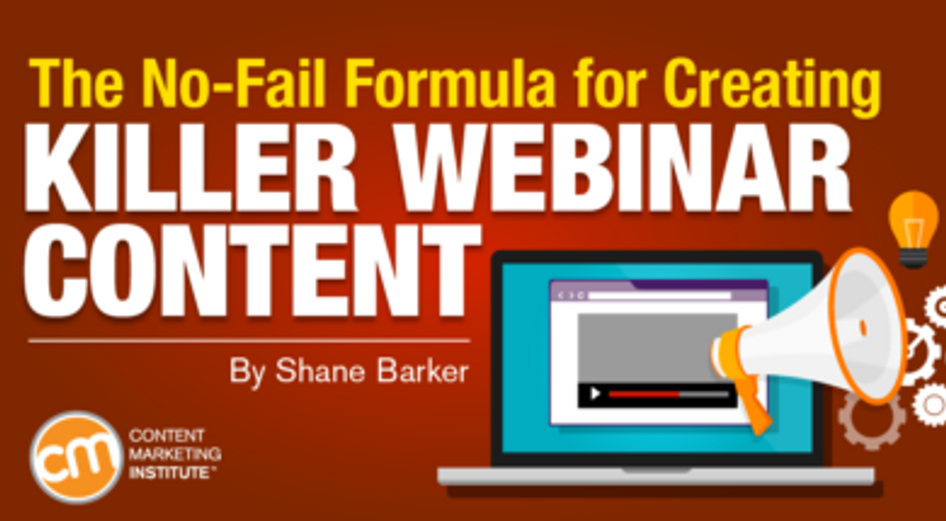
Webinars are an important yet underrated content marketing tactic. They provide you the opportunity to create a more interactive content format for your audience. They also are one of the top five types of content that can naturally attract links to your site.
But, as of now, it seems not enough B2B or B2C companies excel in webinar creation (or they don’t host them). I compiled this list of the tips and tools that will help even novice marketers create highly effective webinar content.
HANDPICKED RELATED CONTENT: Ultimate Planning Checklist for Successful Webinars
1. Pick a narrow topic
One major mistake made by organizers is picking a generic topic because they are so eager to share their knowledge. They end up trying to fit everything they know in a short time.
Pick a topic or area narrow enough to address points in such a way that your audience will derive some benefit. Progress in a singular direction with that topic.
For example, instead of creating a webinar about social media marketing, Search Engine Land created a webinar on providing customer service through social media. This angle is relevant to its audience given that it educates on the broader topics of SEO, search engine marketing, and social media.
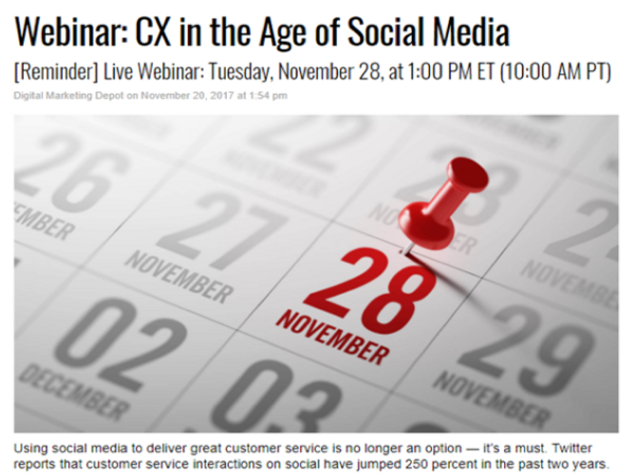
HANDPICKED RELATED CONTENT: How Topic Modeling Can Strengthen Your SEO and Content Marketing Strategy
2. Decide the best format for the topic
You will have to decide on which webinar format to use before you can create the content. What format will work well depends on the topic and the speaker(s).
Interview webinars
An interview with an influential expert in your industry can happen over the phone, on-screen, or through a screen share. One of the most engaging webinar formats, it also presents a chance that the guest goes off script.
Provide the expert with a list of questions a couple of weeks before the webinar. Ask them to prepare the answers in advance so you can get an idea of what they will be. Review it together and discuss your needs and expectations before going live.
The Lewy Body Dementia Association had an interview about clinical trials with Dr. Daniel Kaufer. An expert in cognitive neurology and memory disorders, Dr. Kaufer was the perfect guest expert for the webinar.
Q&A webinars
A bit like interviews, a Q&A involves questions from the audience, which tends to lead to a high engagement rate. Collect the questions before the webinar to vet them and pick the most relevant. Pre-selecting the questions also will ensure that the webinar sticks to its designated duration.Q&A #webinars w/ an industry expert lead to a high engagement rate, says @shane_barker. Click To Tweet
An expert from the industry or within your organization works well in these formats. It can be a great opportunity for your audience to directly address your company’s executives.
The Functional Medicine Coaching Academy provided the audience with an option to submit questions for an upcoming Q&A webinar with Dr. Sandra Scheinbaum, the CEO and founder. Asking for audience questions in advance is an excellent tactic to ensure that people tune in for the live webinar to see if their questions will be answered.
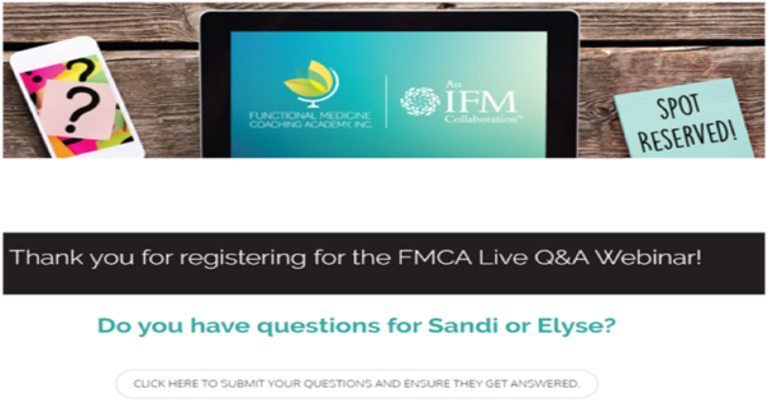
Panel discussion webinars
Instead of interviewing one expert, you could bring together a panel of experts to discuss a topic. This is a great way to provide your audience with different perspectives. Make sure the panelists are properly prepped for the format and get along with each other for the webinar to go smoothly. Often, a moderator is helpful to facilitate the discussion.
In May, Qt hosted a panel discussion webinar in which the speakers discussed security and the Internet of Things. In addition to experts within the company, the webinar featured experts from Ubuntu and INTEGRITY Security Services.

Presentation webinars
This type of webinar seems to be the most common across a variety of industries. It involves having someone present a PowerPoint presentation accompanied by a pre-written speech. Perhaps the reason behind the popularity is that they’re easier to create. However, they may not be as engaging as you want them to be if the presenter isn’t enthusiastic or experienced with the format.
Also, keep in mind how you want to show the presenter and the presenter’s information. In this Harvard Business Review-hosted webinar on continuous value improvement in health care presented by Dr. Kedar S. Mate, the doctor speaks as a voiceover while the PowerPoint presentation is displayed on the screen.
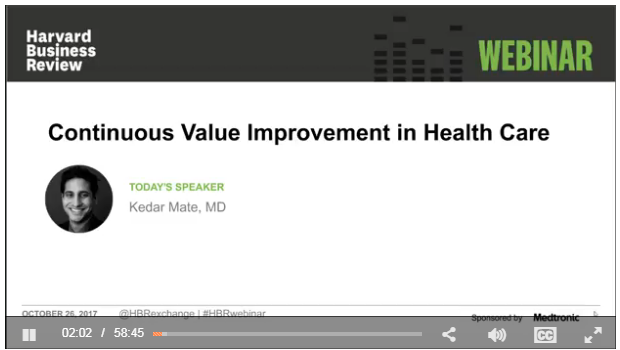
3. Create a structure
Don’t just wing the webinar. You need to clearly define the session to ensure that you head in the right direction. Even in interview and Q&A formats, where a detailed script (see below) may not be feasible, craft a road map to follow.
Any webinar should include the following elements: a compelling introduction, order of main points to be addressed, motivating close, and, in many cases, a relevant call to action. This helps the session stay on the path and avoid straying from the topic.Create a structure for your #webinar to avoid straying from the topic, says @shane_barker. Click To Tweet
Look at this webinar description from TechGig. It reads like the outline, including the key points of discussion. You could do something similar and clearly lay out a plan for your audience so they know what you’ll be discussing and at what time.

4. Write a compelling script
An engaging webinar needs to have a script that’s powerful and interesting. You can use a lot of facts and stats, but make sure the tone speaks to your target audience. It can be a challenging task to keep an audience engaged for more than 30 minutes. Tell a story that will draw the audience to the session and keep them listening.
Including examples to illustrate the script points often helps the audience better understand the information. When possible, incorporate the audience into these examples to make it even clearer how they can benefit from the webinar.
5. Improve the slides
Carefully design your slides for readability and aesthetics. Here are some best practices to do that:
Don’t include too much text, which can overwhelm your audience.
Leave visual space between points.
Avoid using paragraphs; break them into bullet points.
Add plenty of visuals – images, graphs, charts, etc. – to support your points.
Include a closing slide that includes thanks to your audience, contact information of presenters and host, and a call to action.
The tools
To create more engaging webinar content, tap the power of technology. Here are a few of my favorite tools.
ClickMeeting
ClickMeeting is easy to use and comprehensive. You can invite your audience to a dedicated webinar room, create whiteboards and presentations, conduct polls or surveys, and record screen-sharing sessions.
The tool also lets you record your webinar, download it, and share it long after the event has ended. My favorite feature of this tool is the webinar and attendee statistics.
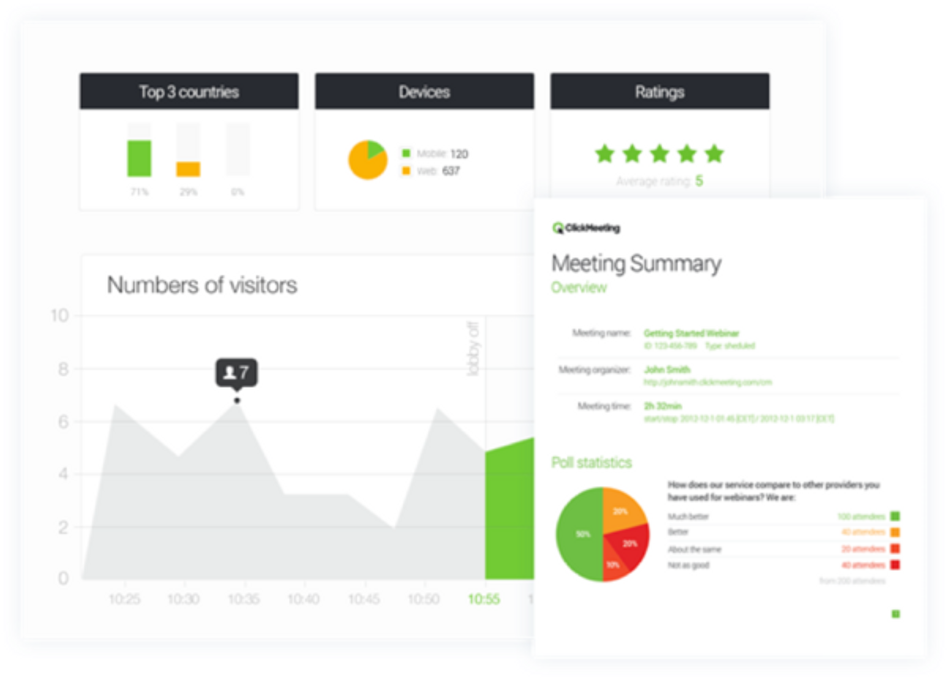
You can see how many people attended the webinar, the type of devices they used, and the country where they logged in. Using this feature, you can also get a visual representation of the poll statistics. You can then use these insights to enhance future webinars. For example, if most of the attendees are using mobile, creating content that works best for mobile viewing would be essential.Use a tool like @clickmeeting to help you before, during, and after your #webinar, says @shane_barker. Click To Tweet
ClickMeeting offers pricing models primarily based on the expected number of participants. Plans start at $25 per month for up to 25 attendants and two presenters.
HANDPICKED RELATED CONTENT: Is Your Content Ready for the Mobile Takeover?
SlideDog
SlideDog is a platform where you can create multimedia presentations. You can include charts, web pages, and videos in the slides to engage your audience better. Use its polling and comment features to make the presentation more interactive.Use a tool like @TheSlideDog to help you create interactive multimedia presentations, says @shane_barker. Click To Tweet
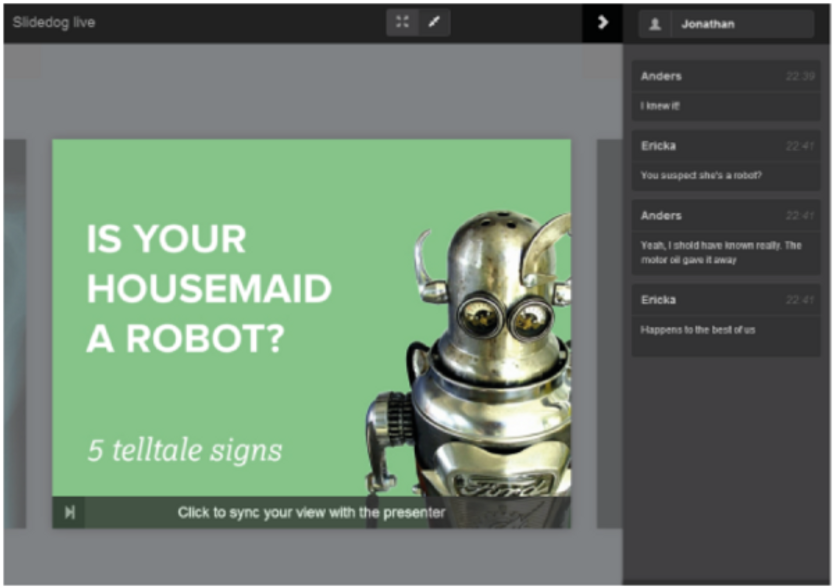
A live chat feature encourages the audience to participate in a discussion. The platform also enables you to collect anonymous feedback, which could be helpful in adjusting the content or improving future presentations.
SlideDog offers a freemium pricing model, with SlideDog Pro starting at $14.99 per month.
OBS Studio
When I started out and had budget limitations, OBS Studio was my savior for recording my screen sessions. The software can help you prepare detailed tutorial videos. In addition to recording your screen activity, the software lets you record from your webcam and your microphone. It also lets you add existing images and videos you might need for your webinar..@Techradar’s OBS Studio is great for small budgets & for recording screen sessions. @shane_barker Click To Tweet
OBS Studio is free and open-source software. Download it and you’re good to go.
Canva
I recommend Canva if you’re looking for a free solution to create high-quality presentations but don’t have any design experience. The platform has several presentation layouts. You can change the fonts, add graphics, etc. I love this platform because it’s so easy to use and the quality of the layouts is professional.Use @Canva if you’re looking for a free solution to create high-quality presentation layouts. @shane_barker. Click To Tweet
Canva follows a freemium pricing model with the Canva for Work package starting at $12.95 a month.
Piktochart
Piktochart is another tool I recommend for marketers who wish to spruce up their webinars with visuals. You can create infographics and presentations using pre-existing templates.Marketers can use @piktochart to spruce up #webinars w/ pre-existing visual templates, says @shane_barker. Click To Tweet
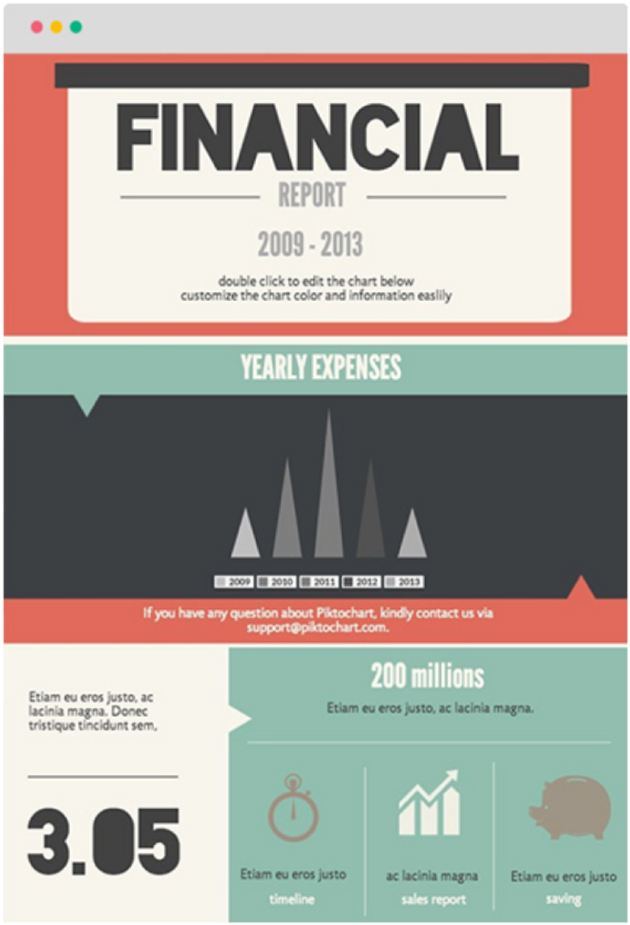
You can sign up for free and gain access to several templates, icons, and images to use for your infographics and presentations. Piktochart offers two pricing models ($15 or $29 a month).
HANDPICKED RELATED CONTENT: 37+ Tips and Tools for Picture-Perfect Visual Content
Conclusion
Creating better content for your webinar starts with the topic selection. Pick one with a narrow focus that will clearly address the needs and/or issues of your target audience. With that decision and following the tips provided, you should have no trouble engaging your webinar audience in the future. Got any questions? Let me know in the comments.
Please note: All tools included in our blog posts are suggested by authors, not the CMI editorial team. No one post can provide all relevant tools in the space. Feel free to include additional tools in the comments (from your company or ones that you have used).
Cover image by Joseph Kalinowski/Content Marketing Institute








Comments